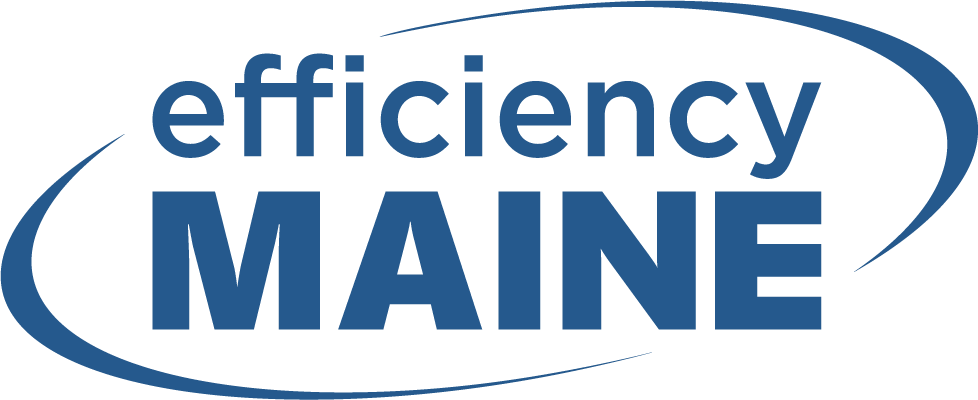Blower Door Test
Is Your Home Under-Insulated and Leaky? A Blower Door Test Can Tell You
Many Maine homeowners don’t realize just how much money is flying out the window—literally. Drafty rooms, cold floors, and rising energy bills are often signs of poor insulation and hidden air leaks. But how do you know where your home is losing heat? A blower door test is one of the most effective tools to identify under-insulated and under-sealed areas in your home. Let’s explore how it works, why it matters, and what steps you can take to improve your home’s energy efficiency—and unlock valuable Efficiency Maine rebates in the process.
What Is a Blower Door Test?
A blower door test uses a powerful fan, mounted into an exterior doorway, to pull air out of your home and lower the indoor air pressure. This forces outside air in through any cracks or gaps in the building envelope. The result? A clear picture of where your home is leaking air.
This test measures air changes per hour (ACH) and identifies weak points in insulation and air sealing. It helps assess how well your home keeps conditioned air in—and the outdoor elements out. An experienced technician can use this data to recommend targeted upgrades, saving you money on heating and cooling costs.
How to Pass a Blower Door Test: Key Air Sealing Tips
Passing a blower door test doesn’t require a full renovation—it’s about sealing the right places effectively. Here are the most common areas to focus on:
🪟 Windows and Doors
- Install weather stripping
- Use caulk or foam sealant around frames
- Check for gaps in thresholds or broken seals
🧱 Attics and Ceilings
- Seal around light fixtures and access hatches
- Insulate attic floors and rafters
- Use foam board or spray foam in hard-to-reach corners
🧰 Basements and Crawlspaces
- Seal rim joists with spray foam
- Insulate basement walls and floors
- Cover and seal crawlspace vents and doors
🧹 Floors and Walls
- Fill gaps around pipes, wiring, and ducts
- Seal baseboards and floor edges
- Add insulation in wall cavities if accessible
By addressing these common problem areas, you can drastically improve your blower door test results and the overall comfort of your home.
Why Blower Door Testing Matters
Blower door tests aren’t just for code compliance—they’re a diagnostic tool to understand your home's efficiency. When performed by professionals, these tests:
- Reveal hidden air leaks
- Provide data for insulation and air sealing improvements
- Help reduce energy bills
- Improve indoor comfort and air quality
- Support home energy audit documentation
During the test, technicians record the building's air leakage rate using calibrated gauges. Smoke pencils or infrared cameras may also be used to visualize the leaks. This ensures your energy upgrade dollars go exactly where they’re needed most.
Mattra Handles It All—Testing, Air Sealing, and Insulation
Ready to make your home more energy-efficient? Mattra offers professional blower door tests. At Mattra, we don’t just tell you what needs to be fixed—we do the work for you. As a licensed insulation and air sealing contractor, we can take your blower door test results and turn them into real improvements. From sealing drafty basements to upgrading attic insulation, our team handles every step in-house.
That means fewer headaches for you—and faster results. Plus, we’ll help you navigate the Efficiency Maine rebate process, so you can maximize your savings without lifting a finger.
One test. One team. One solution. Let Mattra make your home warmer, tighter, and more energy efficient—starting today.








